How to Maximize the Efficiency of Your Solar Generator in Your RV
Power up your RV with the best-selling solar generator on the market
Understanding Solar Generators for RVs
Solar power has become an increasingly popular choice for RV enthusiasts looking to harness renewable energy and enjoy the benefits of off-grid living. In this blog section, we will provide a comprehensive overview of solar generators and how they work in RVs. We will explain the benefits of using solar power in your RV and highlight the key components of a solar generator setup.
Why Choose Solar Power for Your RV?
When it comes to powering your RV, solar energy offers several advantages over traditional methods such as generators or relying solely on campground hookups. Here are some compelling reasons to choose solar power for your RV:
- Cost savings: By utilizing solar power, you can significantly reduce or even eliminate the need to rely on expensive fuel for generators. Solar energy is free, abundant, and will help you save money in the long run.
- Eco-friendly: Solar power is a clean and renewable energy source, making it an environmentally friendly choice. By opting for solar energy, you are reducing your carbon footprint and contributing to a greener future.
- Quiet and maintenance-free: Unlike traditional generators, solar generators operate silently, ensuring a peaceful camping experience. Additionally, solar panels require minimal maintenance, making them hassle-free and easy to maintain.
Understanding How Solar Generators Work in RVs
To harness solar power for your RV, you will need a solar generator setup. Here are the key components of a typical solar generator system:
- Solar Panels: These panels are responsible for converting sunlight into electricity. They are mounted on the roof of your RV and capture solar energy throughout the day.
- Charge Controller: The charge controller regulates the voltage and current from the solar panels to prevent overcharging and ensure efficient battery charging. It helps extend the lifespan of your batteries and protects them from damage.
- Battery Bank: The battery bank stores the electricity generated by the solar panels. It acts as a reservoir of power, allowing you to use electricity even when the sun isn’t shining. Deep-cycle batteries, such as AGM or lithium-ion batteries, are commonly used in RV solar setups for their durability and long lifespan.
- Inverter: The inverter converts the direct current (DC) electricity stored in the battery bank into alternating current (AC) electricity, which is the type of power used by most appliances in your RV. This allows you to power your electronics and appliances just as you would when connected to a campground hookup.
- Monitoring System: A monitoring system provides real-time information about your solar generator setup, including battery voltage, charging status, and power consumption. This helps you keep track of your energy usage and optimize the performance of your system.
Comparing Solar Generator Brands for RVs
When it comes to choosing a solar generator for your RV, there are various reputable brands to consider. Here are a few examples:
- Goal Zero Yeti: Goal Zero offers a range of portable solar generators, such as the Yeti series. These generators are known for their reliability, versatility, and compact design. They are suitable for powering appliances like refrigerators, lights, and even small kitchen appliances.
- Renogy Phoenix: The Renogy Phoenix solar generator is an all-in-one solution that combines a solar panel, battery bank, and inverter into a single compact unit. It is highly portable and perfect for RVers who value convenience and simplicity.
- Jackery Explorer: Jackery Explorer solar generators are known for their lightweight design and powerful performance. They offer a range of models with varying power capacities, making them suitable for both small and large RV setups.
Remember, when comparing solar generators, consider factors such as power capacity, battery life, portability, and overall quality to make an informed decision.
Calculating Your Power Needs
Planning to hit the road in your RV? One crucial aspect you need to consider is calculating your power needs. Understanding how much power your appliances and devices consume will help you determine the right size of a solar generator to keep everything running smoothly. In this guide, we will break down the process step-by-step, making it easy for anyone to understand.
Step 1: Identify Your Appliances and Devices
The first step is to identify all the appliances and devices you plan to use in your RV. This may include:
- Refrigerator
- Air conditioner
- Microwave
- Coffee maker
- Television
- Laptop
- Cell phone charger
- Lights
- Water pump
- And more
Step 2: Determine Power Consumption
Once you have a list of your appliances and devices, it’s time to determine their power consumption. This information can usually be found on the product labels or in the user manuals. Look for the wattage rating or amperage usage for each item.
For example, let’s say your refrigerator has a power consumption of 150 watts, your air conditioner uses 1,200 watts, and your coffee maker requires 800 watts. Take note of these values for each appliance and device.
Step 3: Calculate Daily Energy Usage
To calculate your daily energy usage, multiply the power consumption of each appliance by the number of hours you plan to use it per day. Add up all these values to get a total.
Let’s take a look at an example:
- Refrigerator: 150 watts x 24 hours = 3,600 watt-hours
- Air conditioner: 1,200 watts x 4 hours = 4,800 watt-hours
- Coffee maker: 800 watts x 1 hour = 800 watt-hours
Total daily energy usage: 3,600 + 4,800 + 800 = 9,200 watt-hours
Step 4: Adjust for Efficiency and Backup
It’s important to account for efficiency and backup power when calculating your power needs. Solar generators may not operate at 100% efficiency, so it’s recommended to multiply your total daily energy usage by a factor of 1.2 or 1.5 to ensure you have enough power.
Additionally, if you plan to have backup power for cloudy days or emergencies, it’s a good idea to factor in a reserve. You can add an extra percentage to your total daily energy usage for this purpose.
Step 5: Choose the Right Solar Generator Size
With your adjusted total daily energy usage, you can now determine the size of the solar generator you need. Solar generators are typically measured in watt-hours or kilowatt-hours (kWh).
Compare the capacity of different solar generator models to find one that matches or exceeds your daily energy usage. Look for specifications like battery capacity, maximum output, and recharge time. Consider reputable brands like Goal Zero Yeti or Jackery Explorer for reliable options.
Optimizing Solar Panel Placement
Installing solar panels on your RV can provide you with a sustainable and cost-effective source of energy. However, to maximize their efficiency and ensure the highest energy production, it is crucial to optimize the placement of your solar panels. In this blog section, we will explore the importance of proper solar panel placement and provide you with practical tips on finding the best location for your solar panels on your RV, as well as adjusting their tilt and angle for optimal efficiency.
Importance of Proper Solar Panel Placement
The placement of your solar panels directly impacts their ability to harness sunlight and convert it into usable electricity. By strategically positioning your solar panels, you can maximize their exposure to sunlight throughout the day, ensuring that they operate at their full potential. Here are a few key reasons why proper placement matters:
- Maximizing Sunlight Exposure: Solar panels operate most efficiently when they receive direct sunlight. By placing your panels in an area with minimal shading and obstruction, you can maximize their exposure to sunlight and enhance energy production.
- Optimizing Tilt and Angle: Adjusting the tilt and angle of your solar panels allows you to capture the maximum amount of sunlight. This is particularly important in regions where the angle of the sun changes throughout the year. By optimizing the tilt and angle, you can ensure that your panels are positioned to receive sunlight at the most effective angles.
- Minimizing Hotspots: Proper placement can help prevent hotspots, which are areas of concentrated heat that can reduce the efficiency and lifespan of your solar panels. By avoiding areas that may be prone to excessive heat, such as near exhaust vents or air conditioning units, you can optimize the longevity and performance of your panels.
Finding the Best Location for Solar Panels on your RV
To determine the best location for your solar panels on your RV, consider the following factors:
- Roof Space: Assess the available roof space on your RV to determine the maximum number of solar panels you can install. Consider the dimensions and weight-bearing capacity of your roof to ensure a secure installation.
- Orientation: Aim to position your solar panels on a roof surface that faces south or southwest in the Northern Hemisphere, or north or northwest in the Southern Hemisphere. This orientation maximizes exposure to sunlight throughout the day.
- Shade Analysis: Conduct a shade analysis to identify any potential obstructions that may cast shadows on your solar panels. Use tools like solar pathfinders or apps that simulate shade patterns to ensure optimal placement.
- Ventilation: Ensure that your solar panels have sufficient airflow for cooling. Avoid placing them too close to roof vents or other obstructions that may impede proper ventilation.
Adjusting Tilt and Angle for Optimal Efficiency
Once you have determined the best location for your solar panels, it is important to adjust their tilt and angle for optimal efficiency. Consider the following tips:
- Latitude Angle: In general, setting your solar panels at an angle equal to your latitude can provide an optimal starting point. However, adjusting the angle based on seasonal variations can further enhance energy production. Use solar calculators or apps to determine the ideal angle for your location.
- Tilt Adjustment: Most solar panels come with adjustable mounting hardware, allowing you to tilt them towards the sun. Adjust the tilt of your panels a few times a year to optimize their efficiency during different seasons.
- Tracking Systems: Consider investing in solar panel tracking systems that automatically adjust the tilt and angle of your panels throughout the day. These systems can significantly increase energy production, especially in areas with limited sunlight or when your RV is parked at various orientations.
By following these tips and considering the unique characteristics of your RV and location, you can optimize the placement of your solar panels and maximize their energy production. Enjoy the benefits of sustainable energy on your RV adventures!
Remember, proper solar panel placement is essential to maximize energy production. By finding the best location for your solar panels on your RV and adjusting their tilt and angle, you can optimize their efficiency and harness the power of the sun. Happy solar panel placement!
Wrapping up: Tips to Optimize Your Solar Generator’s Performance in Your RV
In conclusion, we have explored the key factors to maximize the efficiency of your solar generator in your RV. Understanding the capabilities and limitations of solar generators is crucial, as it allows you to accurately calculate your power needs and ensure you have enough energy for your trips. Optimizing panel placement is another essential step, as it allows you to harness the maximum amount of sunlight. Additionally, maintaining your batteries properly will help prolong their lifespan and ensure consistent performance. To truly maximize efficiency and longevity, we highly recommend investing in high-quality solar panels and batteries. By following these recommendations, you can make the most of your solar generator and enjoy a reliable and sustainable power source on your RV adventures.

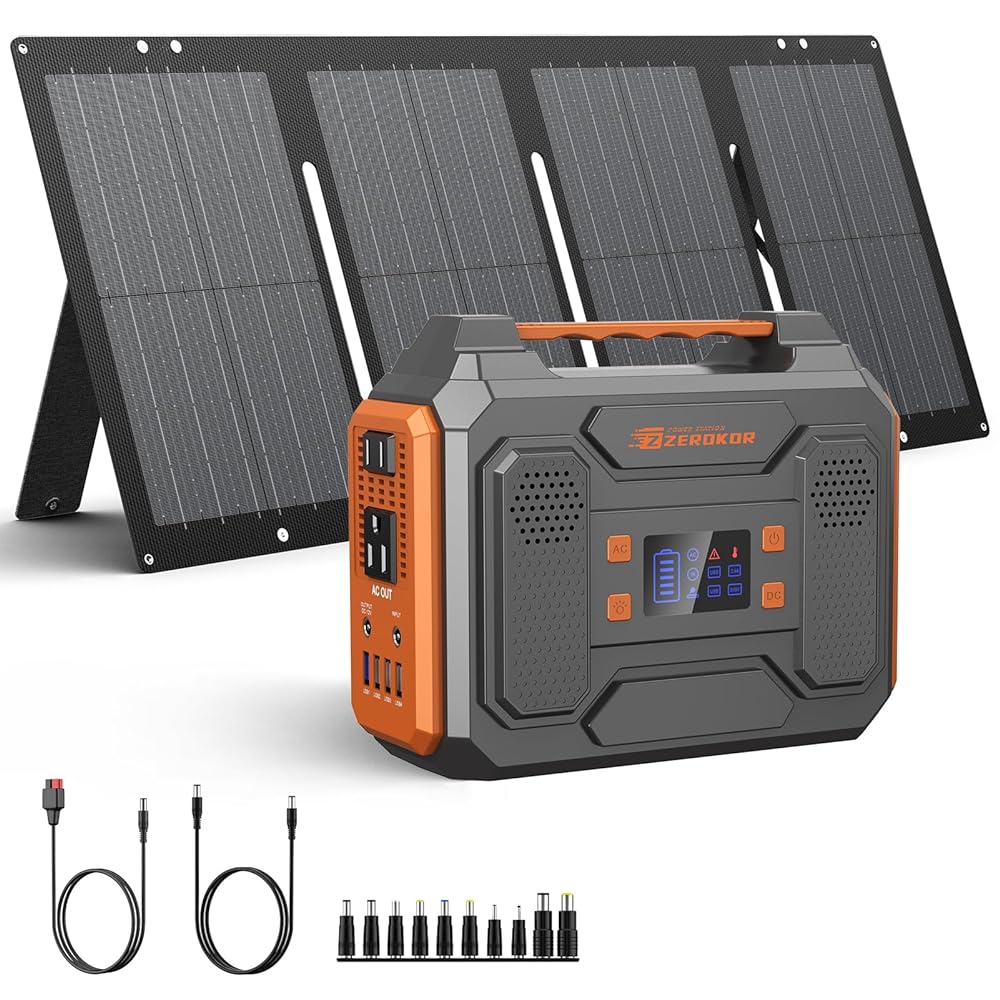






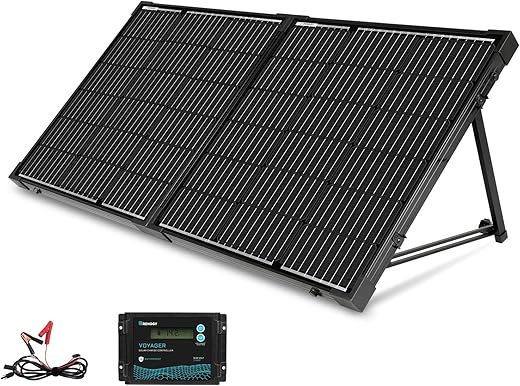


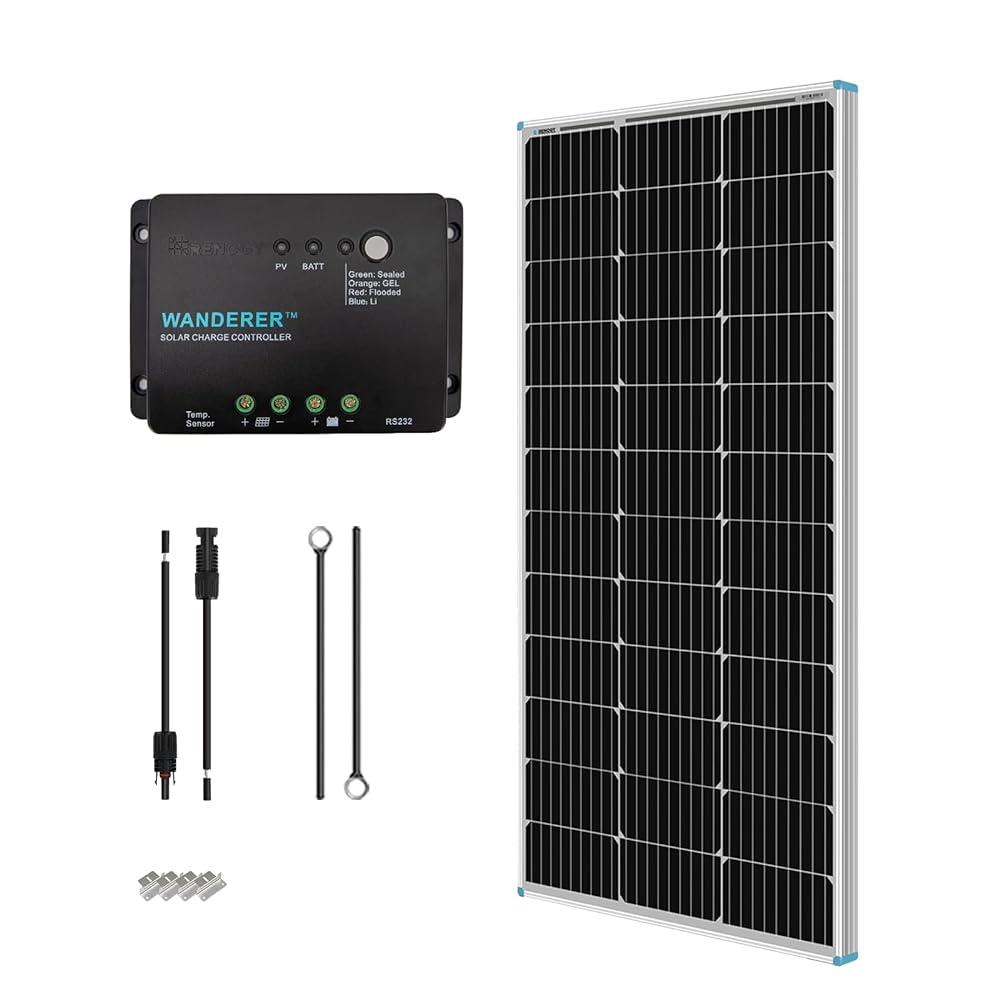
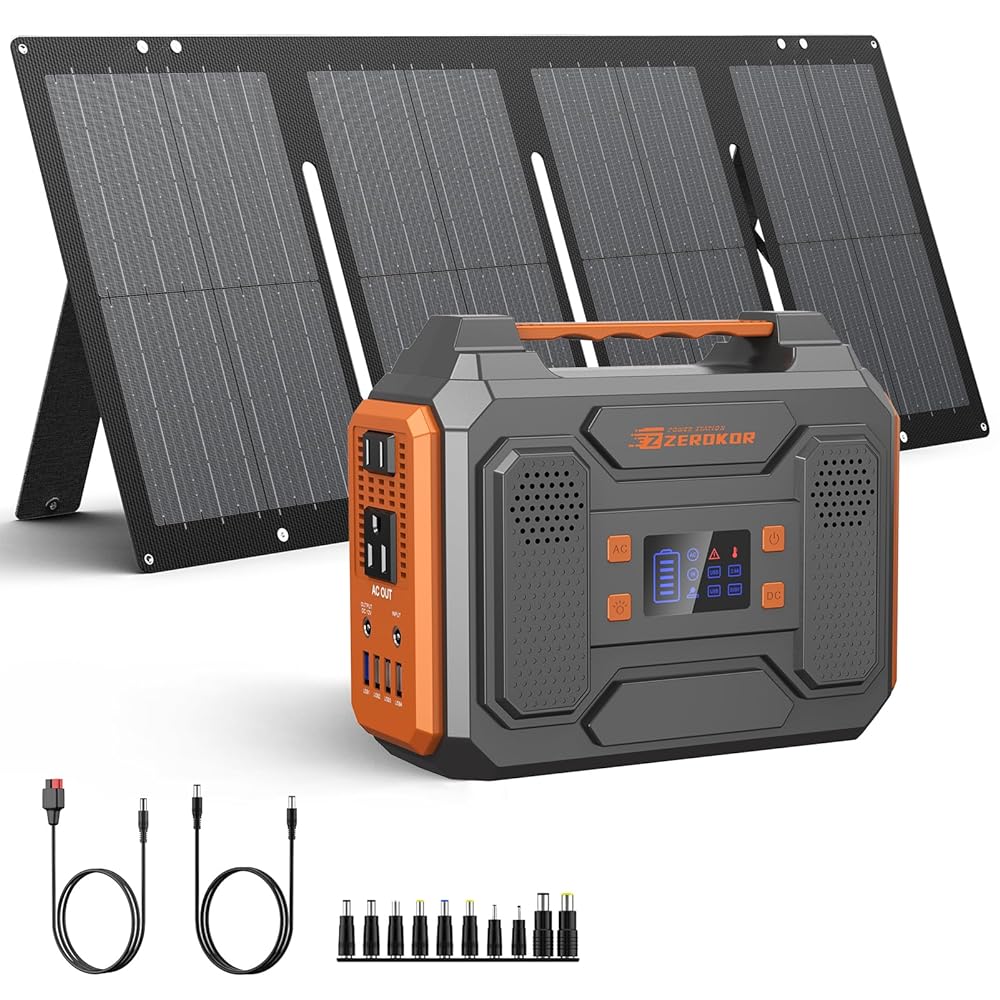
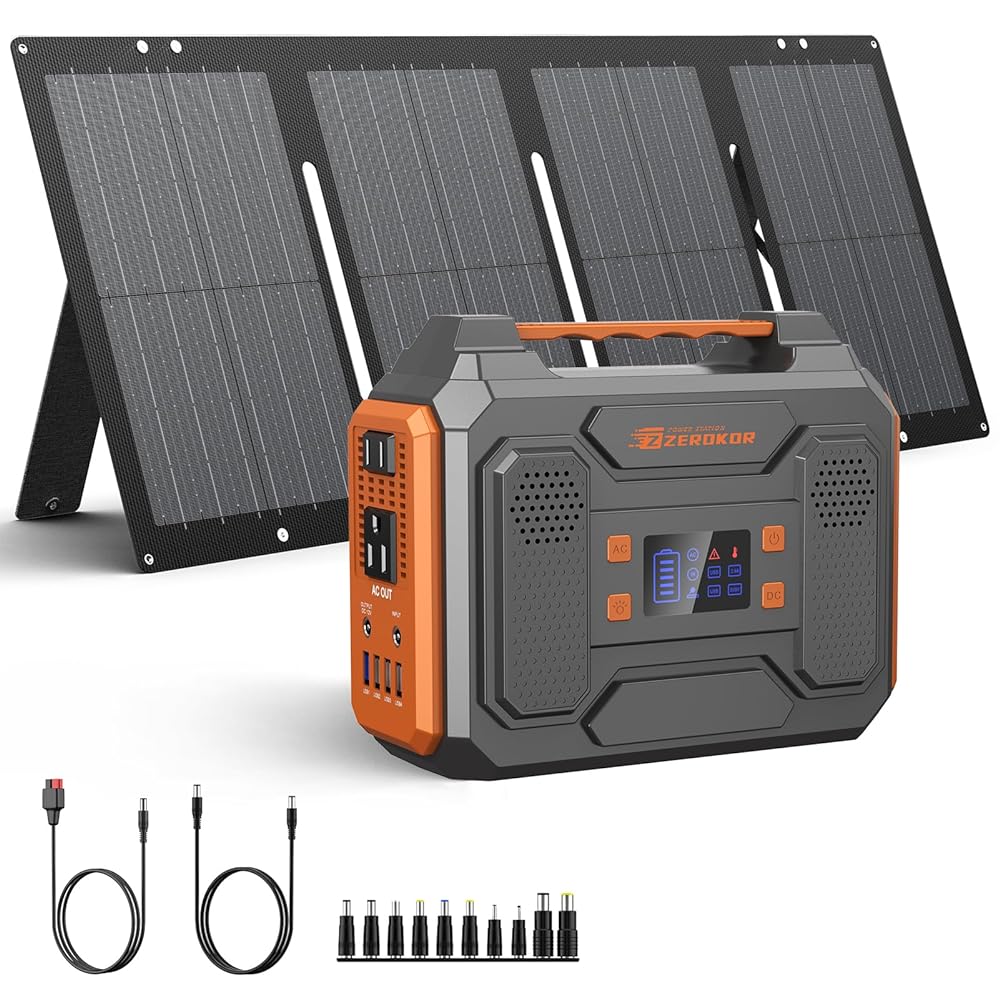
I’ve been considering adding additional solar panels to my RV, and this article confirmed that it’s a good idea. Thanks for the advice!
As a beginner in RV solar, this article provided a comprehensive guide. It answered many of the questions I had. Well done!
I’ve been struggling with limited storage space in my RV, so the suggestion to use portable solar panels caught my attention. Will definitely look into it.
I never thought about adjusting the tilt of the solar panels to optimize their performance. Will definitely try that out!
The section on reducing energy consumption in the RV was eye-opening. I never realized how much power certain appliances can drain.
The step-by-step instructions for calculating the power needs of my RV were clear and easy to follow. Thank you!
Great article! I’ve been wanting to maximize the efficiency of my solar generator in my RV. This article provided some useful tips.
I found the explanation of battery maintenance very helpful. I’ll make sure to regularly check the water levels and clean the terminals.
I appreciate the recommendation to invest in a solar charge controller. It seems like a crucial component for maximizing efficiency.